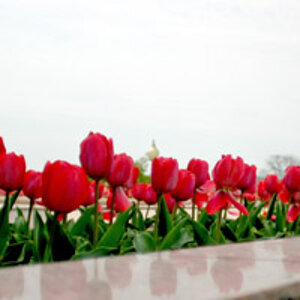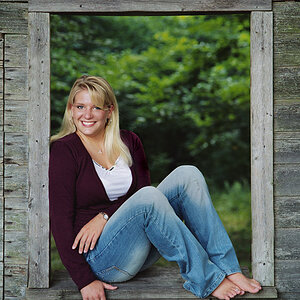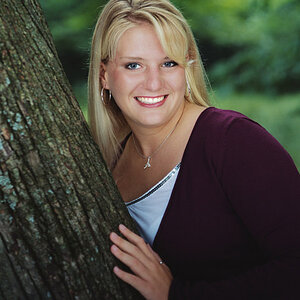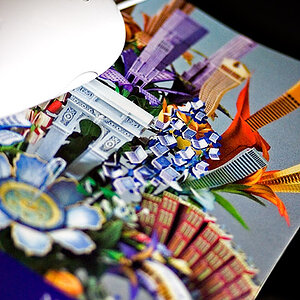nntruong
TPF Noob!
- Joined
- Jul 14, 2011
- Messages
- 70
- Reaction score
- 1
- Location
- Denver
- Can others edit my Photos
- Photos OK to edit
I'm having problems shooting waterfalls in sunny days. I want the fall to be silky smooth but by doing so it would always turn out of be over exposed because of the slow shutter speed. I have tried shooting at f22 and maxed out on EV, but even so I can't get the silky smooth fall without being over exposed. I did some research and someone said using a ND filter might help? but I don't have one at the moment to try. Are there any other ways?





![[No title]](/data/xfmg/thumbnail/38/38261-db20f6f92ee8f0d4c5cf1536e308638b.jpg?1619738546)

![[No title]](/data/xfmg/thumbnail/41/41757-2c3d7911242848ab00e3e9aaafa24381.jpg?1619739882)

![[No title]](/data/xfmg/thumbnail/32/32157-d34c504b7ccf1335e959a8a2be6cfacc.jpg?1619735234)

![[No title]](/data/xfmg/thumbnail/38/38262-10a9668da9a2b36a92cddde57caf87bc.jpg?1619738547)
![[No title]](/data/xfmg/thumbnail/32/32154-8c44f76cb4a7777142bd645c3624daac.jpg?1619735234)
